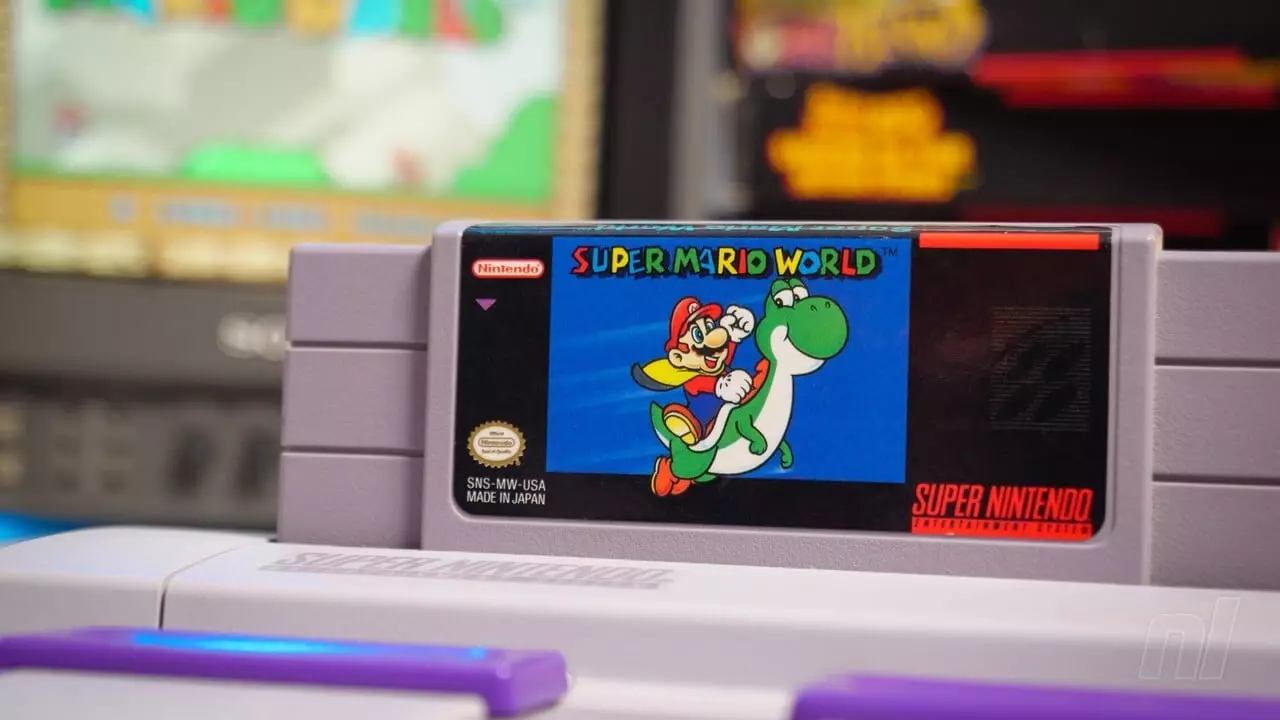In a grand gesture to celebrate its rich gaming legacy, Nintendo recently unveiled a museum in Japan, showcasing an array of displays dedicated to its classic titles. This initiative not only reflects the company’s historical contribution to the gaming industry but also attempts to create a tangible connection between nostalgic gamers and their beloved franchises. The nostalgic allure of Nintendo’s classic games undoubtedly has the potential to attract a diverse audience, from seasoned enthusiasts to new generations exploring gaming history for the first time.
However, the demonstration of these retro games has ignited a heated debate, particularly regarding the technology employed to present these classics. Reports suggest that Nintendo may be leveraging emulation on Windows PCs for the displays, which is intriguing given the company’s history of pursuing legal actions against emulator developers and ROM distribution channels. The revelation stems from a viral video shared on social media, where the sound of a USB connection being dropped during a Super Mario World session echoed in the background, hinting at the underlying technology utilized for the exhibit.
The use of emulation brings about significant questions regarding authenticity and the preservation of gaming heritage. Emulation, while providing accessibility to titles that could otherwise be lost, has often been vilified by the very companies that once created those games. It raises moral dilemmas regarding intellectual property and the potential economic impacts on the companies involved. While one could argue that Nintendo’s use of emulation is a pragmatic solution for showcasing these titles without the burdens of outdated hardware maintenance, it simultaneously opens the floodgates for criticisms regarding the company’s stance on emulation in general.
Unexpectedly, the mixed reactions from the online community have highlighted a variety of perspectives regarding Nintendo’s choices. Some users speculate that Nintendo might be utilizing an in-house emulator to display its iconic titles, while others question whether open-source emulators are the backbone of the museum’s operations. This discontent among fans emphasizes the paradox of a company that promotes a subscription service for retro gaming while seemingly borrowing from emulation, a practice it has historically criticized.
In essence, this situation sheds light on the broader implications of gaming preservation, digital rights, and the evolution of entertainment technology. As gamers, we must navigate a complex landscape where nostalgia is both celebrated and scrutinized. It compels us to ask: should companies embrace emulation as a means of preservation or continue their historically rigid approach that clings to traditional control over their intellectual property?
Ultimately, Nintendo’s museum raises significant discussions about the role of emulation in preserving gaming history. As technology continues to advance and fan interest in retro games remains strong, it will be crucial for companies to reassess their relationships with both emulation and the community that cherishes their legacy. Balancing innovation with respect for their past could potentially pave the way for a more inclusive future in the gaming industry—one where nostalgia does not come at the expense of innovation.

